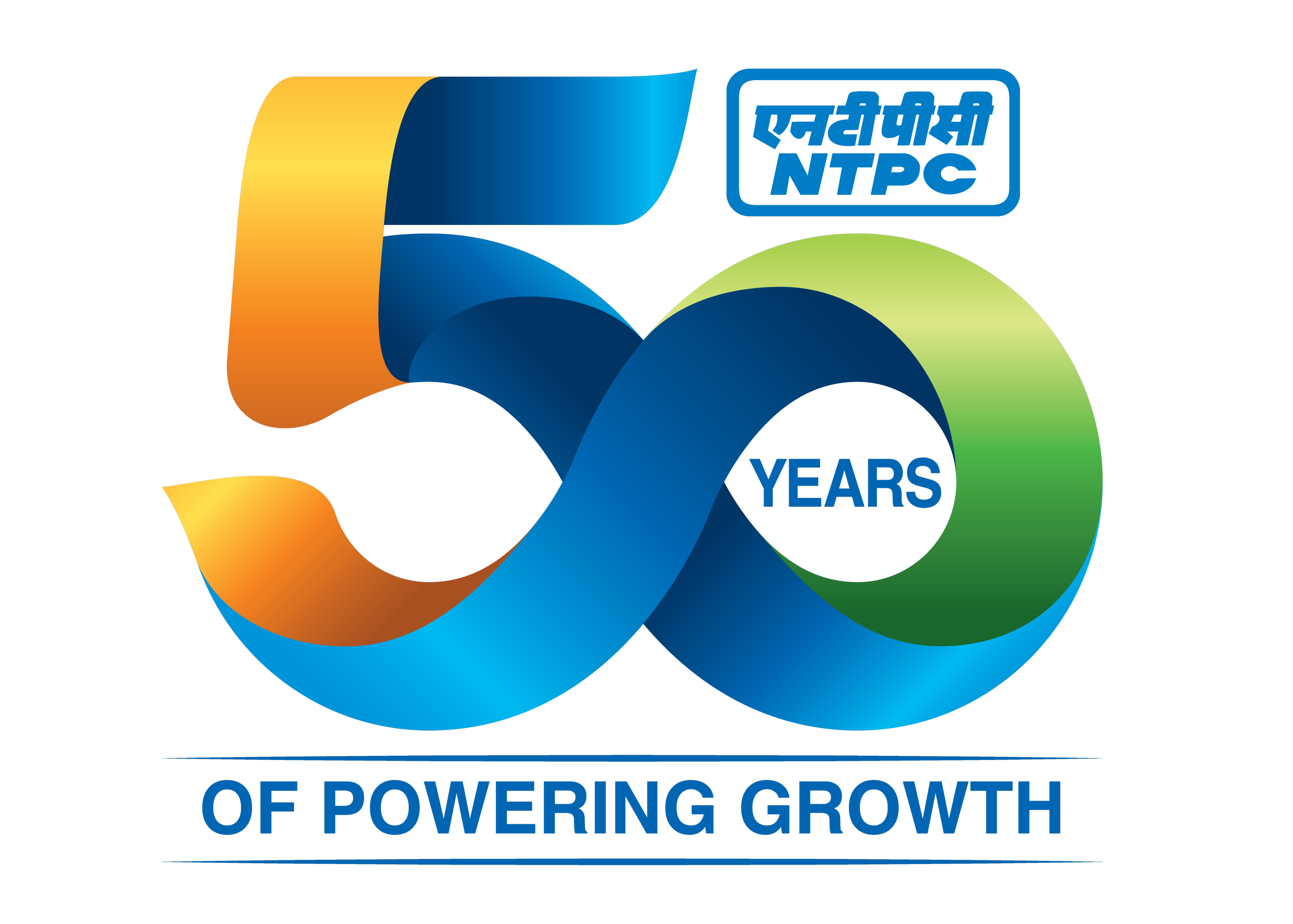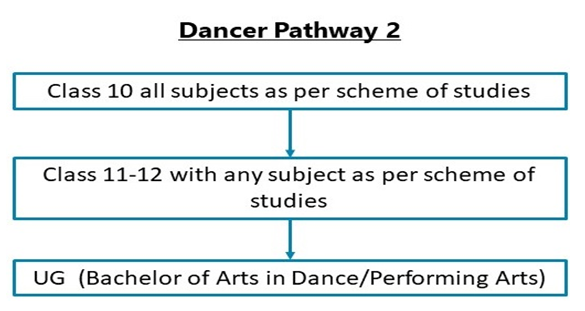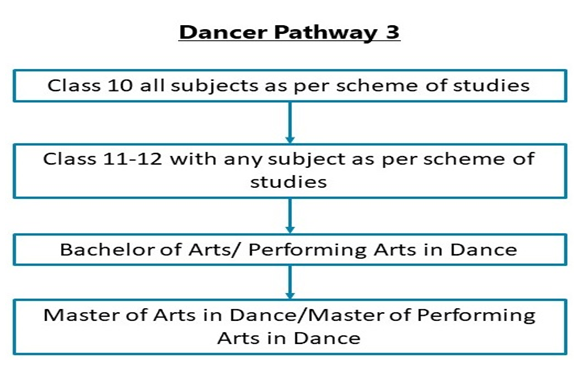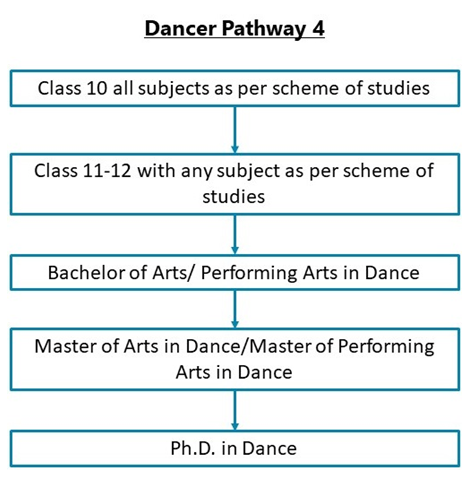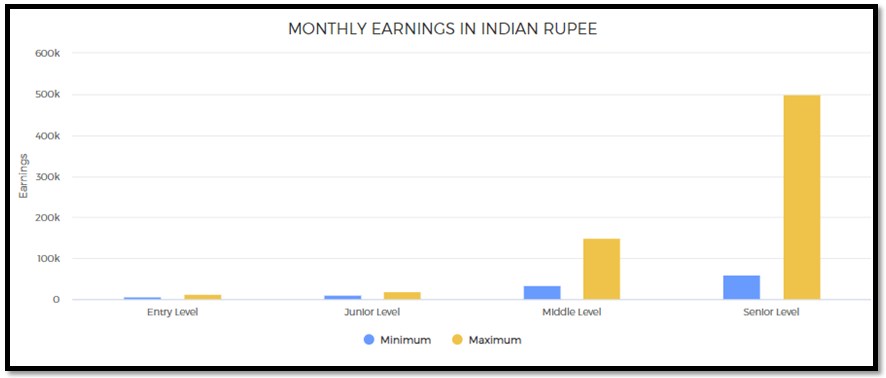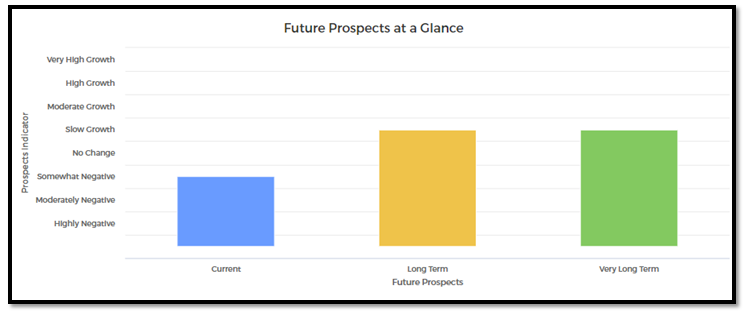Dancer
Entry Level Qualification
10
Career Fields
Performing Arts
For Specially Abled




Career Entrance Exam
About Career
Dancers are performing artists who use their body and movements in a way so that they could express certain emotions. Dancing is a creative movement where certain moves and ways are used to bring out a message, or for any other entertainment purpose. As a dancer, you will have to rehearse vigorously and learn about different forms of dancing so that it can be utilized in a certain way in favor of your creative expression. An expert dancer can also engage in training and choreography.
Key roles and responsibilities:
1. Every dancer has to learn these basic tasks which include:
2. A dancer should be diligent in their performance and make sure they are persevering in their work.
3. Dancers should keep themselves healthy and for that reason, they should try to keep a proper diet.
4. Working closely with other dancers and choreographers to modify their forms.
5. Rehearsing for several hours to hone their skills.
6. Understanding the different kinds of dance forms and also, make sure to know about all the new emerging forms.
7. Performing in a certain way in specific situations as is required in that area.
8. Attending different kinds of events for promotional purposes, like photography sessions.
9. Since a dancer can participate in several competitions, it is necessary for them to maintain competition ethics.
PARTICULARS | DESCRIPTION |
Name | Dancer |
Purpose | Checking the installation Sites |
Career Field | Performing Arts |
Required Entrance Exam | No Entrance Exam |
Average Salary | 80000 - 200000 Rs. Per Year |
Companies For You | Performing artist, Choreographer, Fitness Trainer & Many More |
Who is Eligible | Any One |
Career Entry Pathway
Class 5 - Training at a Dance School
You have to start early as a dancer if you want to excel in the art. A dancer can begin to train at the age of 5 as well. You have to enroll yourself in a Dance Academy to learn dancing of your own choice. You can continue your school education along with it and go forward with your college education as well. After advanced training, you can receive a certificate of excellence in a specific dance form or fusion. There are Dance Academies run by reputed Dancers which offer their own Diploma. Many offer training for 8-10 years or even longer periods
Class 10 all subjects as per scheme of studies - Class 11-12 with any subject as per scheme of studies - UG (Bachelor of Arts in Dance/Performing Arts)
After completing Class 10 all subjects as per scheme of studies, then complete Class 11-12 with any subject as per scheme of studies. Then, you can pursue a Bachelor of Arts degree in Dance/Bachelor of Performing Arts in Dance. Remember that you have to start training dance early in your life. A Bachelor degree program requires you to have proficiency in a dance form
Class 10 all subjects as per scheme of studies - Class 11-12 with any subject as per scheme of studies - Bachelor of Arts/ Performing Arts in Dance - Master of Arts in Dance/Master of Performing Arts in Dance
After completing Class 10 all subjects as per scheme of studies, then complete Class 11-12 with any subject as per scheme of studies. Then, you can pursue a Bachelor of Arts degree in Dance/Bachelor of Performing Arts in Dance. Remember that you have to start training dance early in your life. A Bachelor degree program requires you to have proficiency in a dance form. After your Bachelor's degree, you can opt for a Master degree in Arts/Performing Arts in Dance or a similar degree program
Class 10 all subjects as per scheme of studies - Class 11-12 with any subject as per scheme of studies - Bachelor of Arts/ Performing Arts in Dance - Master of Arts in Dance/Master of Performing Arts in Dance - Ph.D. in Dance
After completing Class 10 all subjects as per scheme of studies, then complete Class 11-12 with any subject as per scheme of studies. Then, you can pursue a Bachelor of Arts degree in Dance/Bachelor of Performing Arts in Dance. Remember that you have to start training dance early in your life. A Bachelor degree program requires you to have proficiency in a dance form. After your Bachelor's degree, you can opt for a Master degree in Arts/Performing Arts in Dance or a similar degree program. After your Master's degree, you can opt for a Ph.D.
Required Qualification & Competencies
Certificate Course:
You can start training as a dancer early on, from the age of 5, or from class 5 in a dancing academy. As you move forward and pass through a different intermediary and advanced courses, you can get a certificate that will make you eligible as a professional dancer.
Undergraduate studies after school:
If you want to study dance as well as become a good critic of dance, you have to go for undergraduate studies. A Bachelor of Arts in Dance/Performing Arts). It will make you eligible for being an art critic.
Post Graduate studies:
If you want further knowledge in the field of dance, then you can opt for postgraduate degrees After your graduation, you can go for the Master of Arts in Dance/Performing Arts.
Doctoral Studies:
A Doctorate Degree in Fine Arts is the highest degree in the field of study. It is necessary to have a master’s degree before you can go for a Doctorate degree in Fine Arts (Dancing).
Compentencies Require
Interests
1. Artistic: You should have interests for Artistic Occupations. Artistic occupations mostly involve working with creative ideas, art, and designs. These occupations involve abstract or conceptual thinking, creative self-expression and often do not follow any set processes or rules for getting things done.
2. Enterprising: You should have interests for Enterprising Occupations. Enterprising occupations involve taking initiatives, initiating actions, and planning to achieve goals, often business goals. These involve gathering resources and leading people to get things done. These require decision making, risk-taking, and action orientation.
Abilities
1. Abstract Reasoning: The ability to understand ideas that are not expressed in words or numbers; the ability to understand concepts that are not clearly expressed verbally or otherwise.
2. Bodily-Kinaesthetic Intelligence: The ability to coordinate the movement of your arms, legs, and bodily motion; the ability to keep or regain your body balance when in an unstable position; the ability to quickly and repeatedly bend, stretch, twist, or reach out with your body, hands, arms, fingers, or legs.
3. Emotional Intelligence: The ability to understand your own and others' emotions and feelings; empathy for others; adjusting your behavior or self-control and self-regulation according to others' emotions and situations.
4. Fluency of Ideas: The ability to come up with a number of ideas about a topic (the number of ideas is important, not their quality, correctness, or creativity).
5. Hearing Sensitivity: The ability to detect or tell the differences between sounds that vary in pitch and loudness.
6. Originality: The ability to come up with unusual or innovative ideas about a given topic or situation, or to develop creative ways to solve a problem.
7. Physical Stamina: The ability to exert yourself physically over long periods of time without getting winded or out of breath.
8. Selective Attention: The ability to concentrate on a task over a long period of time without being distracted.
Knowledge
Performing Arts: Knowledge about the theories and techniques required for producing various works of performing arts such as music, dance, drama, theatre, film, television series, etc.
Skills
1. Acting: Skills in acting in cinema, drama, theatre, commercial advertisements, etc.
2. Active Listening: Giving full attention to what other people are saying, understanding the points being made by others, asking questions, etc.
3. Dancing: Skills in performing dances.
4. Judgment and Decision Making: Skills in considering pros and cons of various decision alternatives; considering costs and benefits; taking appropriate and suitable decisions.
Personality
1. You are always or mostly a soft-hearted person.
2. You are always imaginative or in most situations.
3. You always prefer to experience new things and have new experiences or you mostly do.
4. You can always act independently or could do so in most situations.
5. You trust others sometimes but not always.
6. You are helpful to others sometimes.
7. You are mostly impulsive in your actions and behavior.
Career - Job Opportunities & Profiles
Since dance is a specialized skill, there are certain limitations that a person could face when they are involved in dancing. However, they can get a lot of different opportunities in the world of performing arts related to dance. Some of the prospects of a dancer are:
1. Performing artist
2. Dance trainer / Dance teacher
3. Choreographer
4. Fitness Trainer
Work Environment
Dancers are independent but they have to practice their art for long hours every day so as to hone their skills. Since dancing is an intense physical activity, it can take a toll on the body of an individual, which might be the reason why many dancers stop performing in their late 30s. However, non-performing dancers can work as directors, dance teachers, and choreographers. Dancers can work in their own studio or they can engage in touring. Dance teachers have their own school and generally keep working hours as per the school schedule.
Choreographers may follow a specific time schedule but due to flexibility, they may work a lot more or a bit less than any prescribed time limit.
Specialisation Tracks In This Career
Bharatnayam
This is a unique dance form which is specific to India. It revolves around the nine emotions or rasas and you will be given an insight into how it can be expressed through your dance moves or facial expression. Happiness is hasya, sadness is shoka, anger is krodh, compassion is karuna, disgust means bhibhasta, wonder means adbhuta, fear means bhaya, courage means vikram and serenity means shanti.
Kathakali
This was once a dance form which was very popular in the Keralan courts. In this form of dance, the dancer has to express themselves with the help of several complicated mudras or forms. It is a dance form that has been mentioned in several epics and mythologies.
Kuchipudi
This is a dance form that was popular in Andhra Pradesh. It has a derived a lot of complicated movements and the dance form is used so that the dance could introduce themselves through the dance form. The music that accompanies this dance form is generally through violin, mridango, or clarinet.
Mohiniyattam
It belongs to the Devdasi dance form and so, the terms ‘mohini’ means ‘maiden who steals men’s heart’. It is a very strong form and present in mythology according to which this Vishnu used the Mohini form to enthrall people.
Yakshagana
This is a dance form that has originated in the rural areas of Kerala. It combines Hindu myths with the dance form and hence, could be considered as a form of dance and drama.
Odissi
This is a dance form that could be traced back to the 2nd BC during the time of Jain king, Shastra. It is a dance that began with boys dressing as women so as to perform the dance. It was specifically performed in temples.
Kathak
‘Katha’ means story and so Kathak is a dance form which uses story-forms and presents it in the form of a dance. It generally portrays the story of Krishna and Radha.
Manipuri
This is a intricate dance form that is present in the heart of most of the people in Manipur. It is mostly ritualistic but draws from a number of mythological sources and lores.
Bollywood Dance
This is a contemporary form of Indian dance which draws a lot from bollywood movies. It is a fusion of classical dance forms and western forms and offers a lot of freedom to the dancer to experiment and work with different other forms.
Ballet
Originated in Italy and then France, the Ballet is a popular dance form which has three divisions: classical, neo-classical and contemporary. It might be story-driven or not, but it depends completely on music, expression and lithe movements.
Jazz Dancing
Jazz dancing has its roots in African tradition and is one of the most energetic dance forms. It relies heavily of music and body movements, as well as giving a lot of freedom to improvise which will give a lot of opportunity of freedom for the dancer.
Hip-Hop Dance
This is a descendant of jazz dance which includes variety of movements like breakdancing, popping and locking and other intense movement, With the popularization of rap music, hip-hop dance has become popular all over the world.
Career Growth
The dancer will start off by earning popularity from independent or festivals. They can become part of a dance production house and therefore, perform among a group of dancers. If they are capable and good at dancing, then they might be able to perform solo dances for the production house. After a lot of 10-12 years of experience, they may move up to become dance trainers or choreographers. On the other hand, they might even try to become dance teachers in school to earn their sustenance until they become famous in the dance field.
Salary Offered
Professional Dancers have the capability to earn from Rs.5,000 to Rs.10,000 per performance. This might be modest and the earnings will increase with more experience and popularity. It can go up to as Rs.1,00,000 and even more per performance if the dancer can hone their skills. For choreographers, it might go for Rs. 5,00,000-6,00,000 per annum at a junior level to Rs. 15,00,000-30,00,000 or much more per annum at a senior level.
Monthly Earnings In Indian Rupee
1. Entry level: 0 - 2 years of work experience
2. Junior Level: From 1 to 12 years of work experience
3. Mid Level: From 5 to 20+ years of work experience
4. Senior Level: From 10 to 25+ years of work experience (there could be exceptions in some high-end technical, financial, engineering, creative, management, sports, and other careers; also in the near future, people will reach these levels much faster in many careers and in some careers, these levels will have no meaning as those careers will be completely tech skill driven such as even now, there is almost no level in a Cyber Security Expert’s job)
Work Activities
Dancers are creative people and they engage in the art of expressing their creativity through dancing. However, dancing requires a lot of physical strength and mental preparation, along with long hours of repeated rehearsal to excel in a certain form. Here are a few core skills and activities that a dancer must master:
1. Performing for people: Performing various tasks for people to entertain them, help them, and assist them.
2. Performing physical activities: Performing physical activities that require the use of your arms and legs and moving your whole body, such as climbing, lifting, balancing, walking, stooping, and handling of materials.
3. Developing and maintaining interpersonal relationships: Developing professional relationships with co-workers and others outside organizations and maintaining good relationships.
4. Creative thinking: Developing new ideas, concepts, innovative solutions to problems, newer ways of getting things done, designing products and services, creating work of art and craft, etc.
5. Working in a team: Working in a team of people; developing a team; maintaining professional relationships among team members.
Future Prospects
There has been a rise in dance production companies over the last few years. Recently, it has been seen that there are many shows that are taking place in different states which invite dancers for performance. One of the threats is that dance production houses need costs but there are no benefactors. As a result, dancers have to be their own production managers or fund-raisers.
Future Prospects At a Glance

